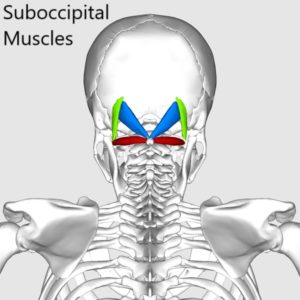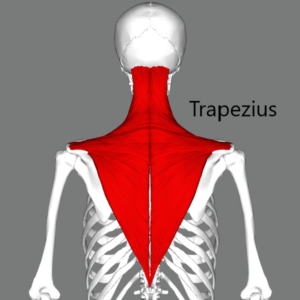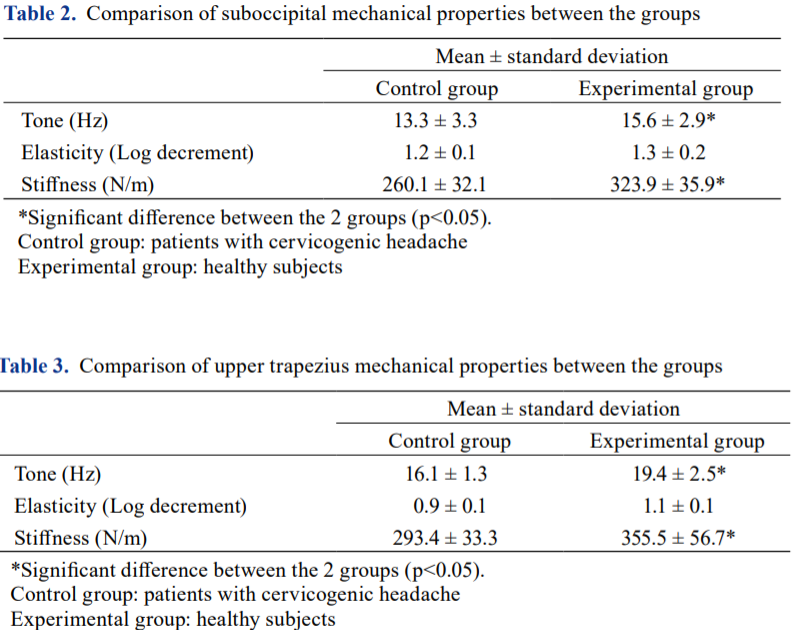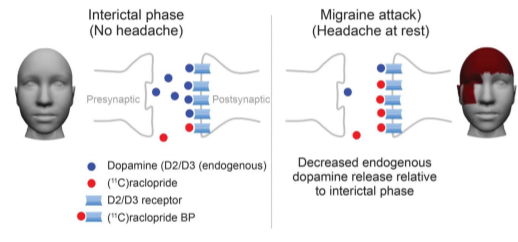Headaches can range from a mild annoyance to a debilitating condition that results in the inability to complete simple daily tasks. Odds are you have experienced a headache since about 50% of the population has suffered some type of headache. While there are many different variables that may have triggered it (injury, stress, chemical imbalances, etc.), the resulting symptoms are always negative. Scientists have been investigating what causes different types of headaches in hopes that they can help people prevent their occurrence and mitigate their symptoms.
One of the most common types of headaches is a cervicogenic headache – a secondary headache caused by referred pain from the neck to the head and facial regions. The high prevalence of cervicogenic headaches – 70% of people who suffer from headaches – prompted one study using a MyotonPRO device to measure and compare the tone, stiffness, and elasticity of the suboccipital and upper trapezius neck muscles in people who have and have not suffered from cervicogenic headaches.


The results showed that the tone – the degree of tension in a relaxed muscle – and stiffness – movement ability of the muscle – values were significantly higher in people who have suffered from cervicogenic headaches in the past. This can likely be attributed to overuse or high levels of past activity of these muscles. This can cause inflammation or other physiological changes that aggravate the nerve fibers in the neck resulting in a cervicogenic headache. The tone and stiffness data can be used to help educate patients on the importance of properly stretching their neck muscles before and after physical activity in order to keep them from tightening and shortening due to overuse. Muscle relaxing medications could also be used as a type of treatment when someone is suffering from a headache.
Another common type of headache is a migraine – a primary headache that has occurred multiple times throughout someone’s life. While a migraine can also have many different triggers, one study investigated the impact of a chemical imbalance of dopamine. This study found patients who suffer from migraines experience a decrease in dopamine levels before they feel the symptoms. There are a couple theories as to why decreased dopamine levels result in migraine symptoms: 1) decreased dopamine increases sensory sensitivity which may result in normally painless signals becoming painful, 2) decreased dopamine impacts motivation and reward/aversion to a point where patients withdraw and seclude themselves. In general, these findings can be useful for the advancement of dopamine regulating drugs in order to combat migraines. Further reading on different chemical causes of headaches in mice can be found here.
Overall, there are many different headache triggers and a lot more research needs to be done before science fully understands how they work. However, there are some things people can do now in an effort to lessen the probability they will suffer from headaches. Additionally, there are medications and other techniques that work through different paths to mitigate the symptoms of a headache.
Featured image licensed under Pixabay License


